Environmental Priorities
The Beverage Industry’s Environmental Record
The beverage industry is proud of its longstanding commitment to a clean environment, and our members are constantly searching for ways to minimize our environmental impact. In areas of energy, water usage, vehicle emissions and recycling, we work hard to strengthen and restore our environment.
We care about our impact on the environment and the beverage industry’s operations reflect this in everything we do. Our environmental initiatives are many and varied, and include:
Using ‘green’ technology such as solar roofing at bottling plants,
Saving energy usage through high efficiency refrigeration technology,
Cutting down on energy and materials usage by making our product packaging lighter, and reusing our transportation packaging,
Minimizing energy usage and fleet emissions by relying on highly efficient, centralized production and distribution systems for our products,
Making it easier for people to recycle by relying on packaging materials that are recoverable in most recycling programs around the country,
Reducing the usage of water by incorporating state of the art wastewater treatment and the reuse of process water from manufacturing and distribution facilities,
Supporting recycling efforts through our long-standing use of recycled content in aluminum, glass and PET plastic beverage containers, and
Promoting recycling efforts with focus group tested consumer awareness campaigns that increase recycling participation and recycling rates.
Environmental stewardship is a critical part of our operating philosophy. Beverage producers have always been environmental leaders and we will continue to innovate and undertake the very best environmental practices to be good to our planet.
For more information about recycling aluminum cans, you can visit the Can Manufacturers Institute.
Source: American Beverage Association
Recycling
What We Do
While we work hard to produce beverages that consumers enjoy, we also care about the environment and what happens to those beverage containers over the long run.
To help improve the environment, we produce packaging that is 100 percent recyclable. We also have reduced the amount of packaging used to deliver beverages and encouraged consumers to become active recyclers, but we recognize that there is still more work to be done.
Recycling is a key component of our environmental mission and an important part of our business and our lives.
Every Bottle Back Initiative
The beverage industry’s bottles and cans are among the most recycled consumer packaging in the U.S. We work hard to package our products with materials that are widely accepted in recycling programs and are designed to be recycled with other, similar materials. We also have a commitment to helping with recycling efforts around the country – a commitment we have had for many years. And we are always looking for ways to do more.
Through the Every Bottle Back Initiative, we are committed to getting every bottle back. All of out bottle and cans are made out of polyethyl terephthalate (PET), a 100% recyclable material. PET is different from any other plastic material because it is both light and strong and can easily be remade into new plastic bottles and everyday products, rather than ending up in rivers, beaches, oceans, or landfills.
Get the Facts on the Beverage Industry and Recycling
51.9 billion – number of aluminum cans recovered in 2006. Roughly two-thirds of the cans were soft drink cans containing sodas, teas and juices.
15 million barrels of oil – roughly the U.S. energy savings from aluminum can recycling in 2006.
51.6 percent – the aluminum can recycling rate in 2006.
32.41- number of cans made per pound of aluminum in 2006.
23.1 percent – overall 2005 polyethyl terephthalate (PET) bottle recycling rate, which is an increase from 2004 figures. PET is the most commonly used plastic bottle.
1.17 billion pounds – total PET bottles recovered for recycling topped this figure for the first time ever in 2005.
50 percent of recovered PET bottles were used for fiber, such as carpet backing and clothing in 2005.
Beverage packaging of all types represent about 5.7 percent of the total weight and volume of municipal solid waste (MSW or trash) produced in the U.S. each year.
1.9 percent – percentage of the total U.S. waste stream represented by ABA member companies’ beverage containers.
73 percent of scrap revenue- although beverage containers account for less than 20 percent of materials collected in most curbside programs, they generate up to 73 percent of total scrap revenue earned by communities.
7.4 percent – amount of beverage container roadside litter, according to Northbridge Environmental Group. The biggest contributor to litter in the U.S. is miscellaneous paper and plastic, making up 29.8 percent of the total.
Source: American Beverage Association
Water
Water Conversation
Water is a key ingredient in all of our products. As a customer of the municipal water system, the beverage industry supports its strength and viability. It is in our best interest to protect our nation’s water resources for today and for the future.
Our manufacturing facilities represent on a small portion of the nation’s overall water use. In fact, we account for only 4/100ths of one percent of all public water usage. That’s just a drop in the bucket. Additionally, the beverage industry is sharing its best practices for water conservation with the large global business world.
Global Stewardship
Our companies are dedicated to protecting, preserving and providing a safe and affordable water supply, whether that water comes from springs or through a public utility. Sustainable water use is in the long-term interest of our businesses, our consumers and the environment. Therefore, we will ensure that our water sources remain viable for a variety of uses for generation to come.
In the United States, for example, the Environmental Protection Agency’s Clean Water Act sets rigorous industry standards regulating discharge of pollutants into our nation’s water supply. Our industry not only follows these provisions, but also goes beyond these requirements. We:
Strive to be efficient industrial water users
Help provide access to clean drinking water in underserved communities in which we operate
Support watershed protection in water-stressed areas where we operate
Help to mobilize the international community around water challenges
Source: American Beverage Association
Energy
Save Energy
Climate change affects us all. That’s why America’s beverage companies have worked to improve energy efficiency and reduce greenhouse gas emissions. From our factories to our fleets to our vending machines, we’ve made significant changes. And we’re committed to doing even more.
Reduce Water Use
We’re not just getting more efficient at delivering our products, but at making them, too. Learn how we’ve reduced water use by 14 percent per unit over five years.
Reduce Emissions
The Coca-Cola Company, Keurig Dr Pepper and PepsiCo have each set goals to lower emissions and keep improving efficiency. Our companies have pledged to work with government leaders, environmental organizations and other businesses to ensure these emission reductions will provide environmental benefits throughout the United States.
We’ve also rapidly expanded our use of hybrid vehicles. Our fleets now boast the largest number of heavy-duty hybrid electric commercial trucks on the road. That’s helped us reduce CO2 emissions by up to 30 percent per vehicle.
Source: American Beverage Association




